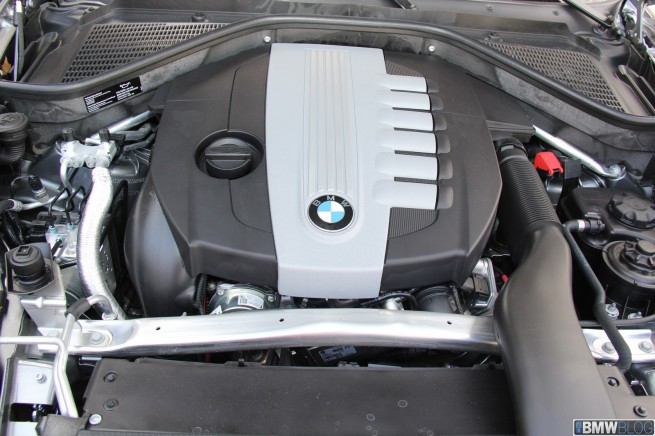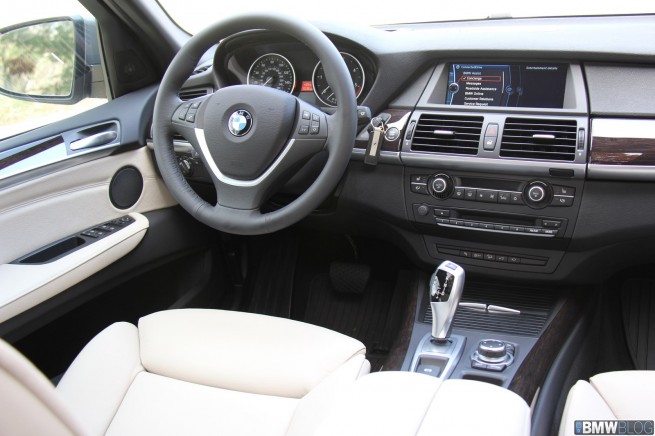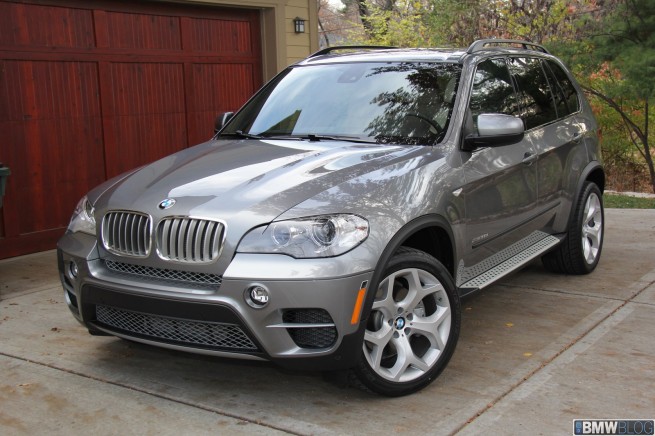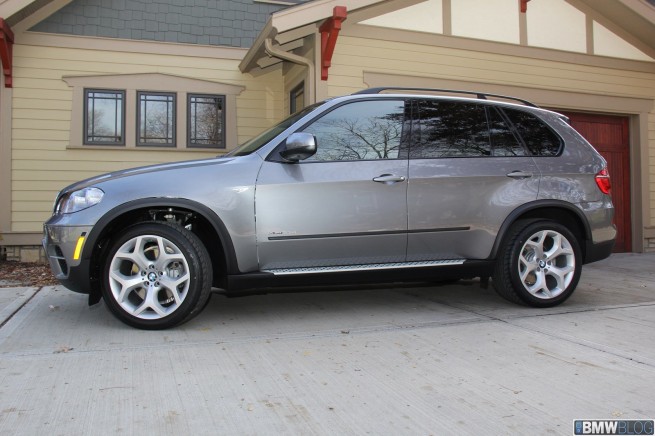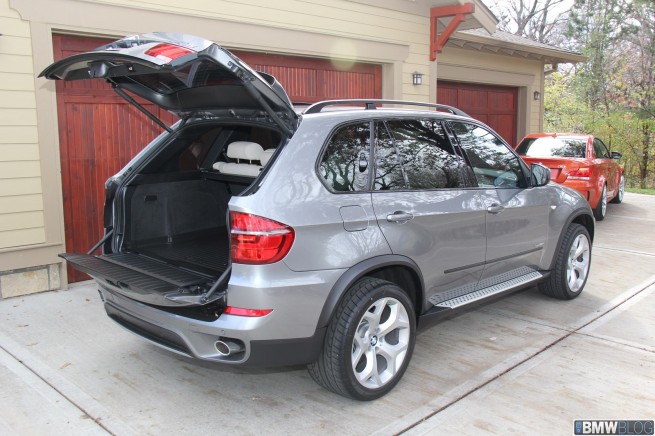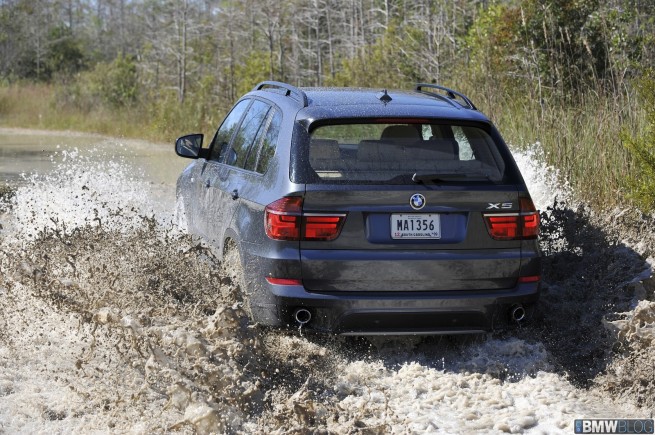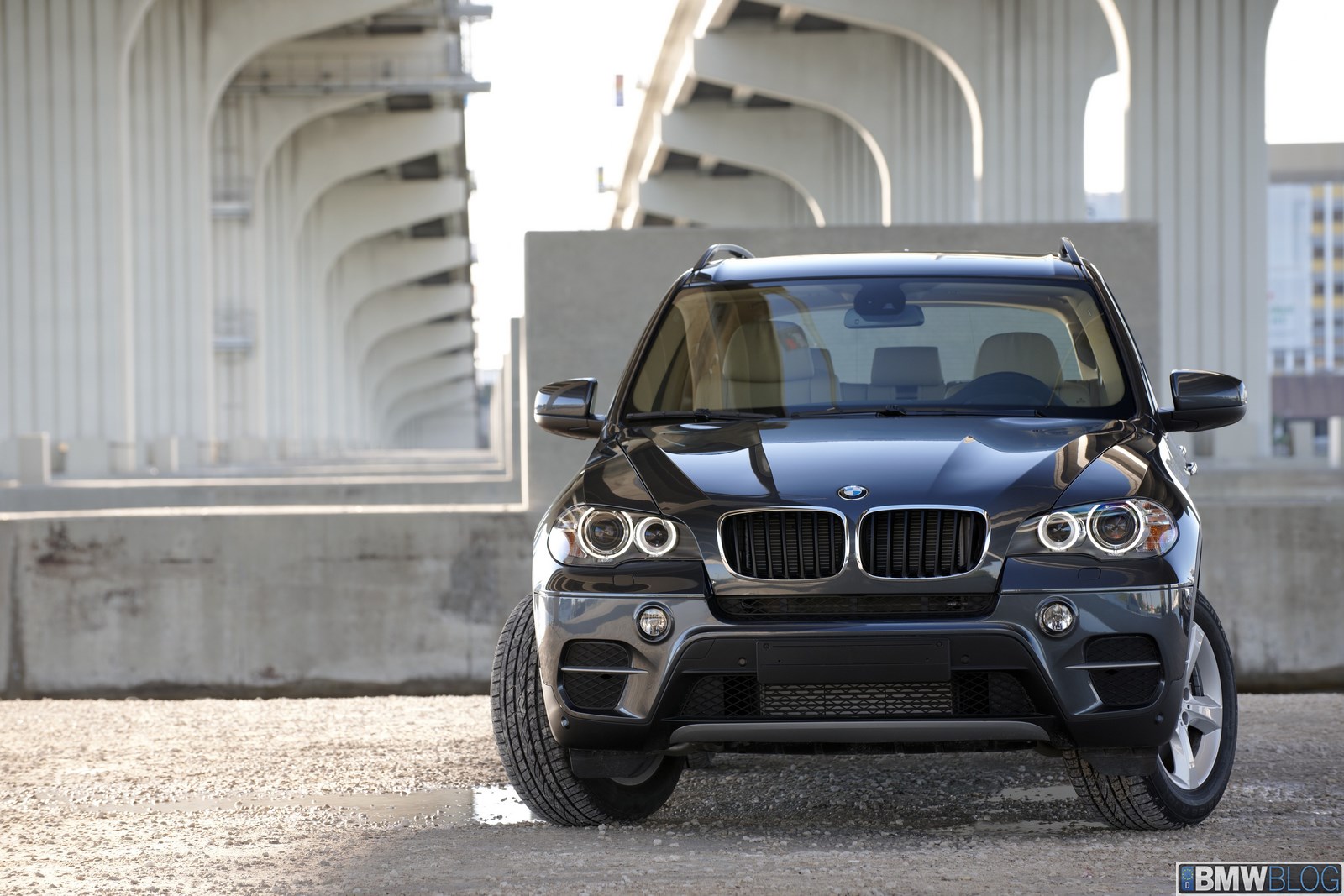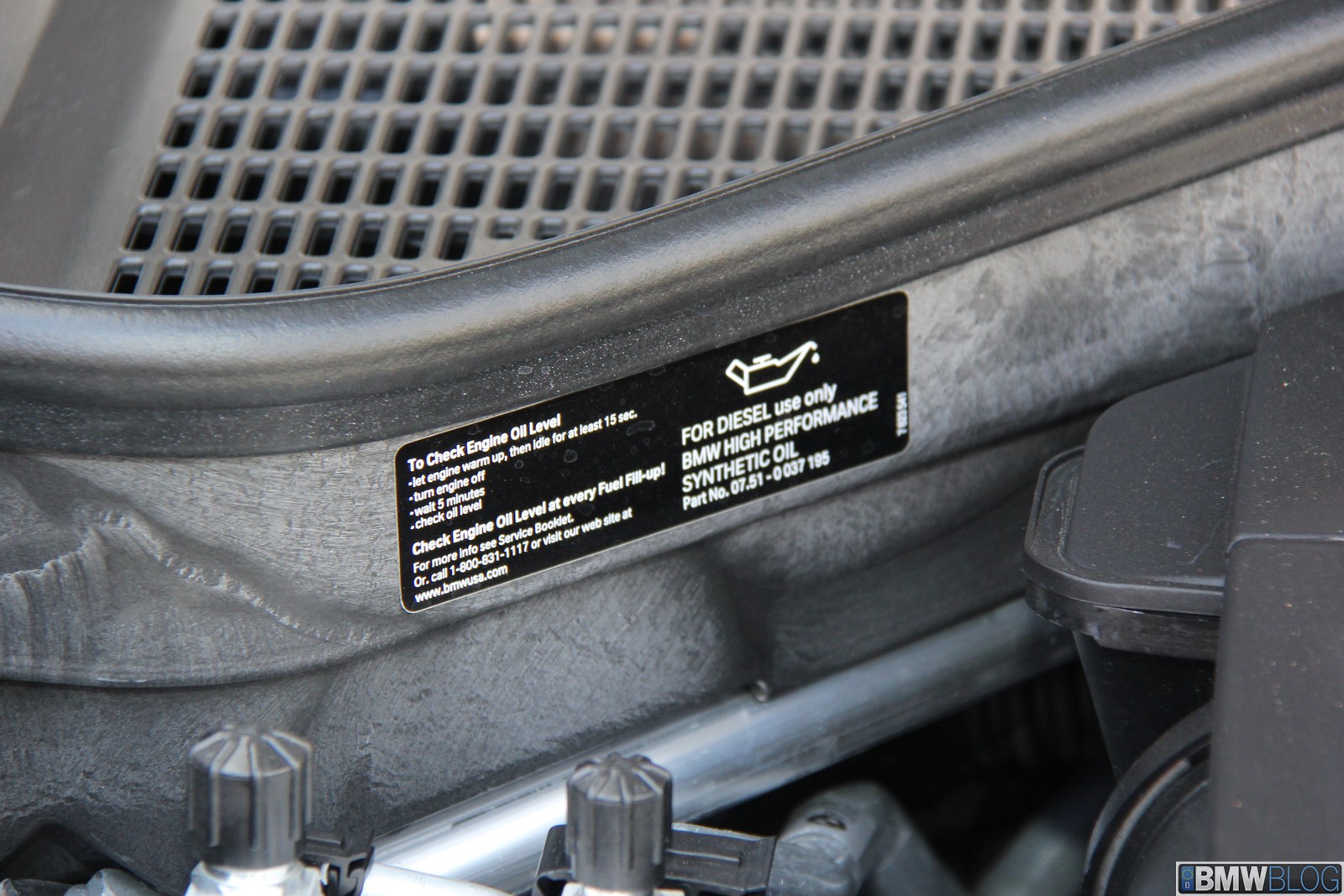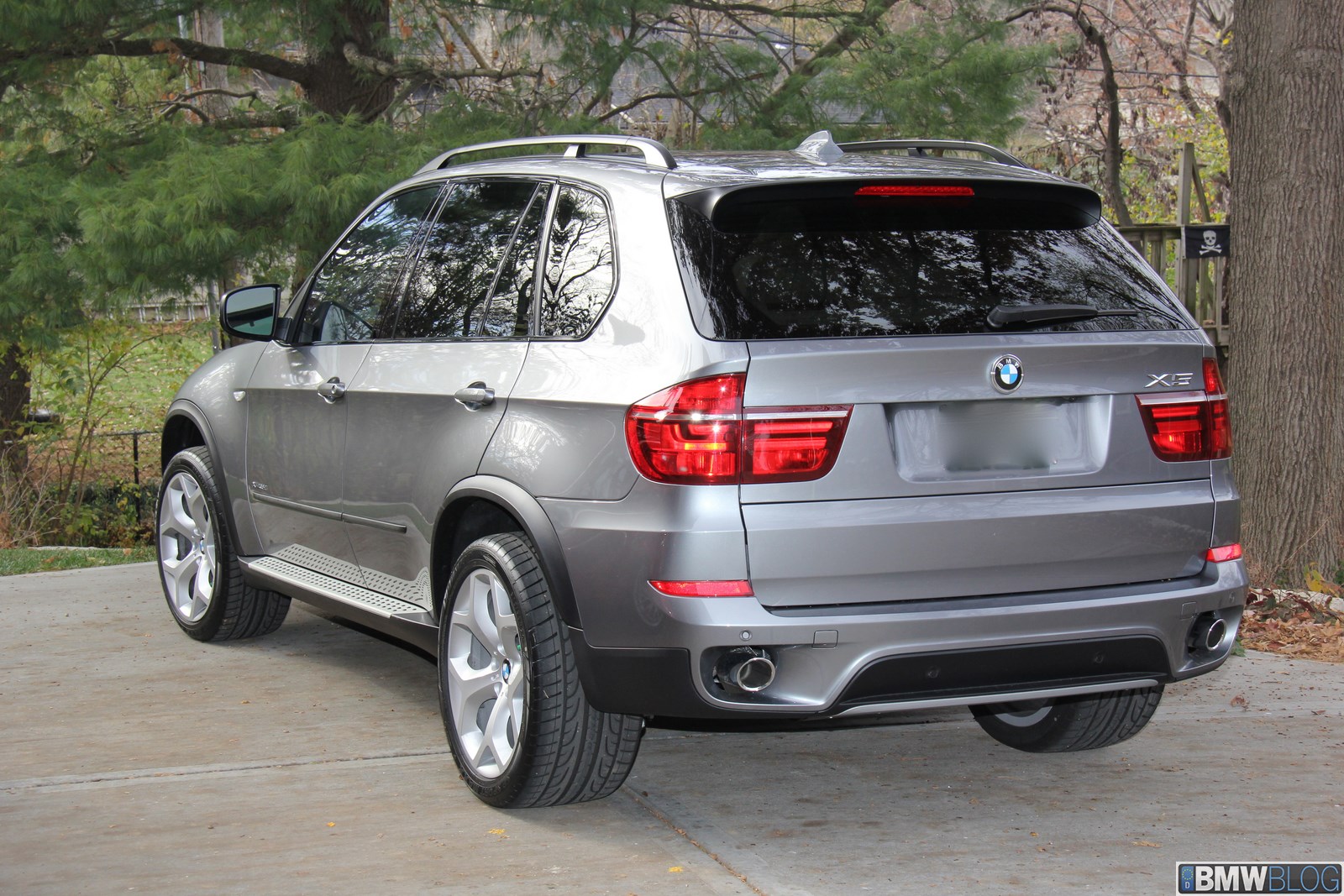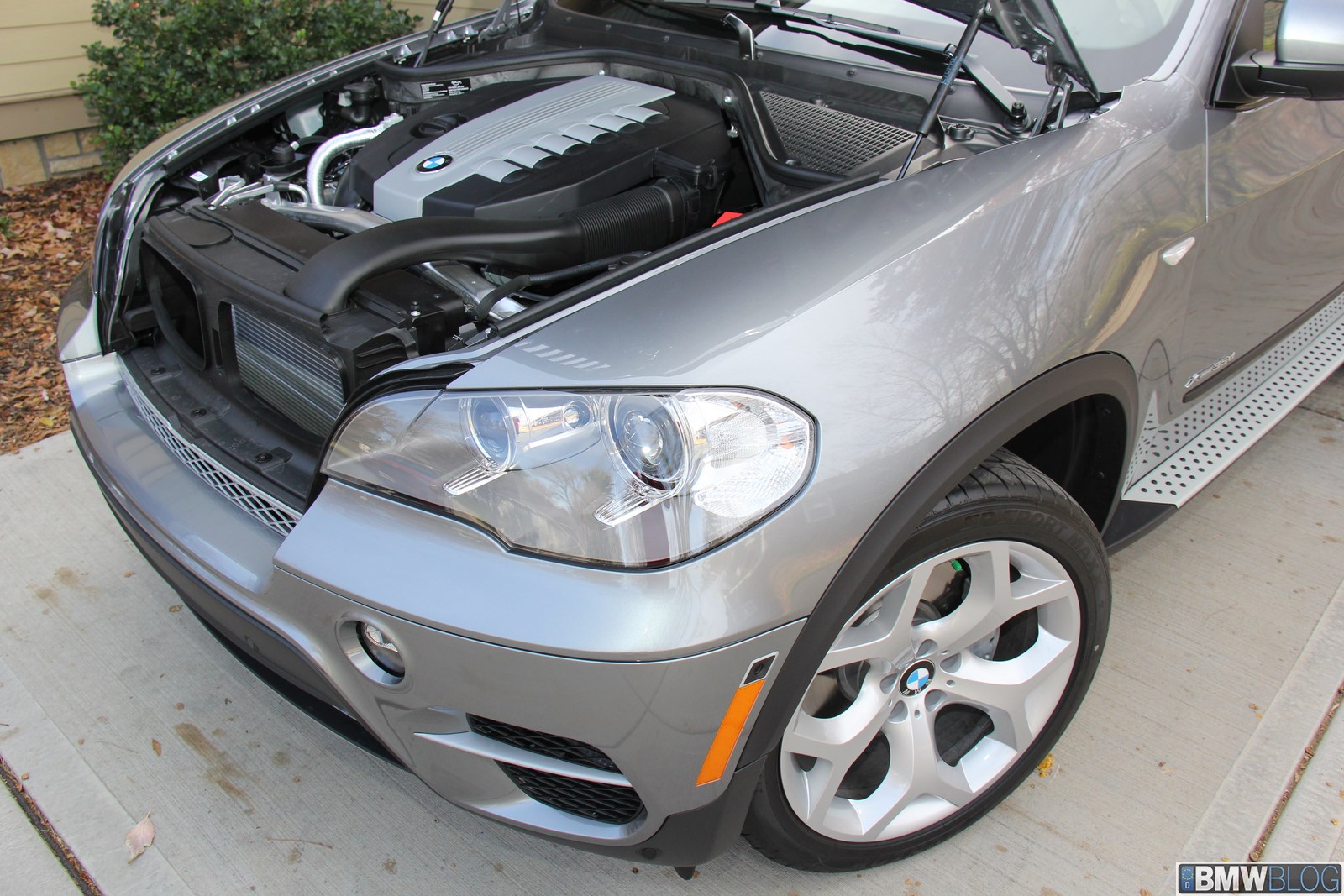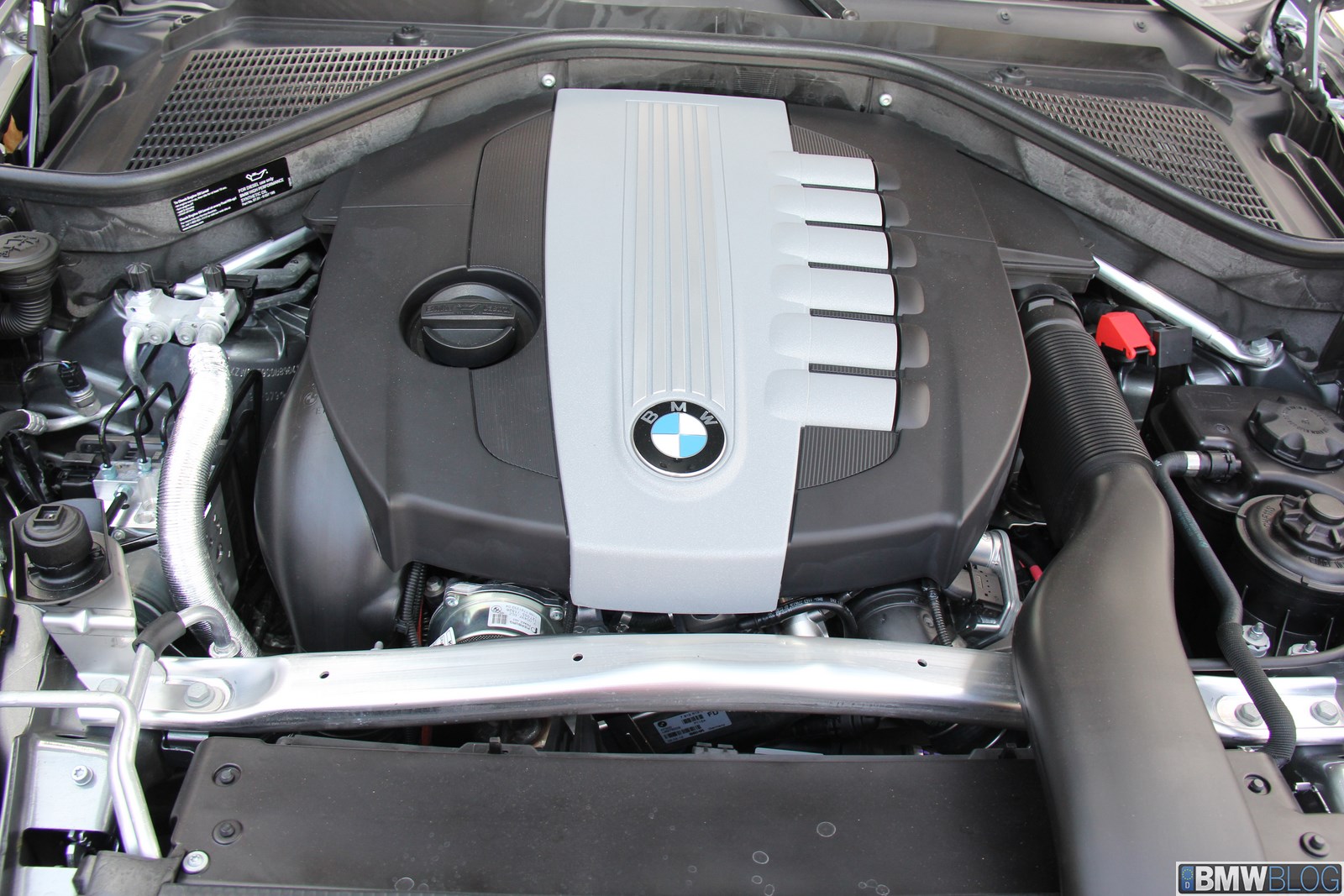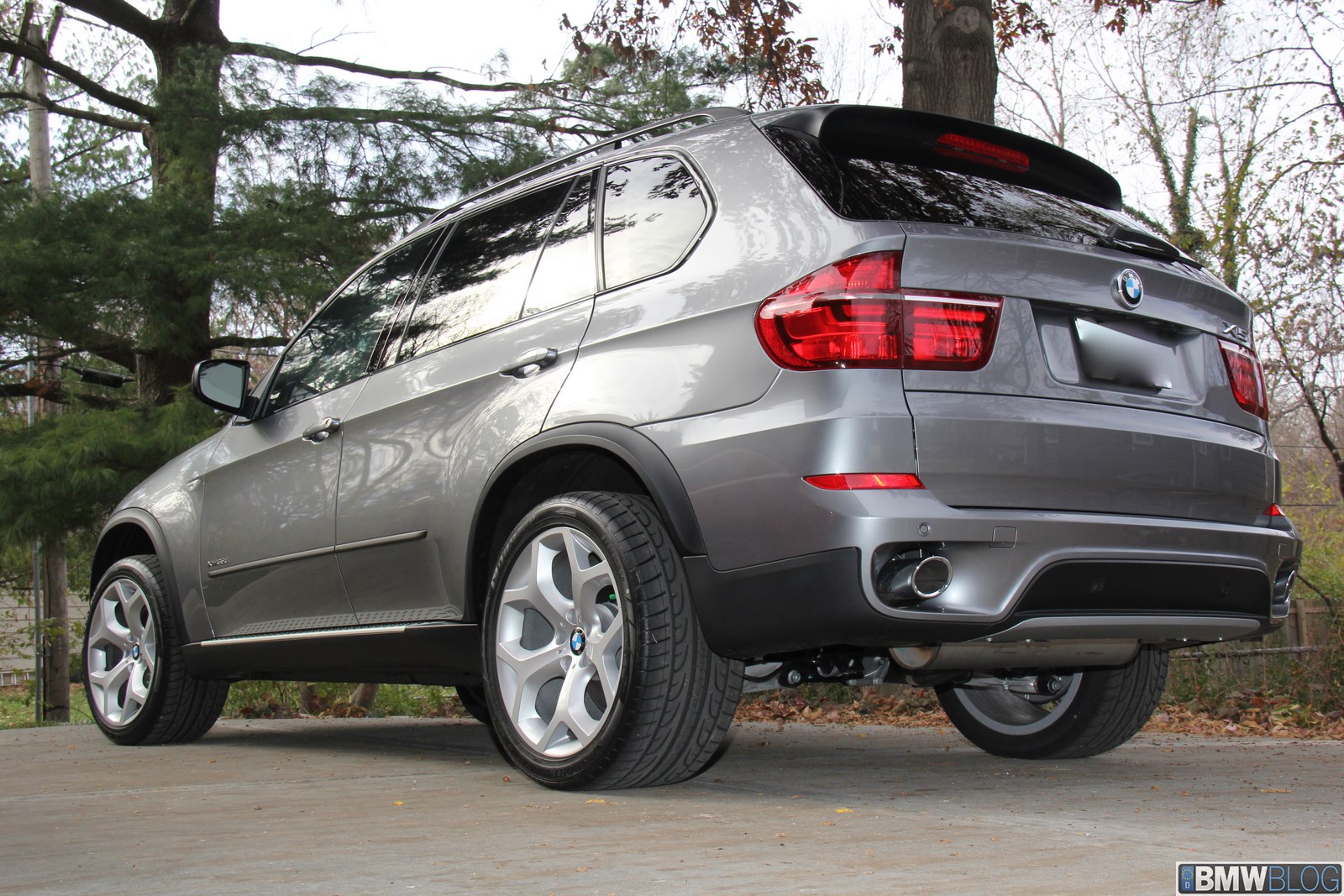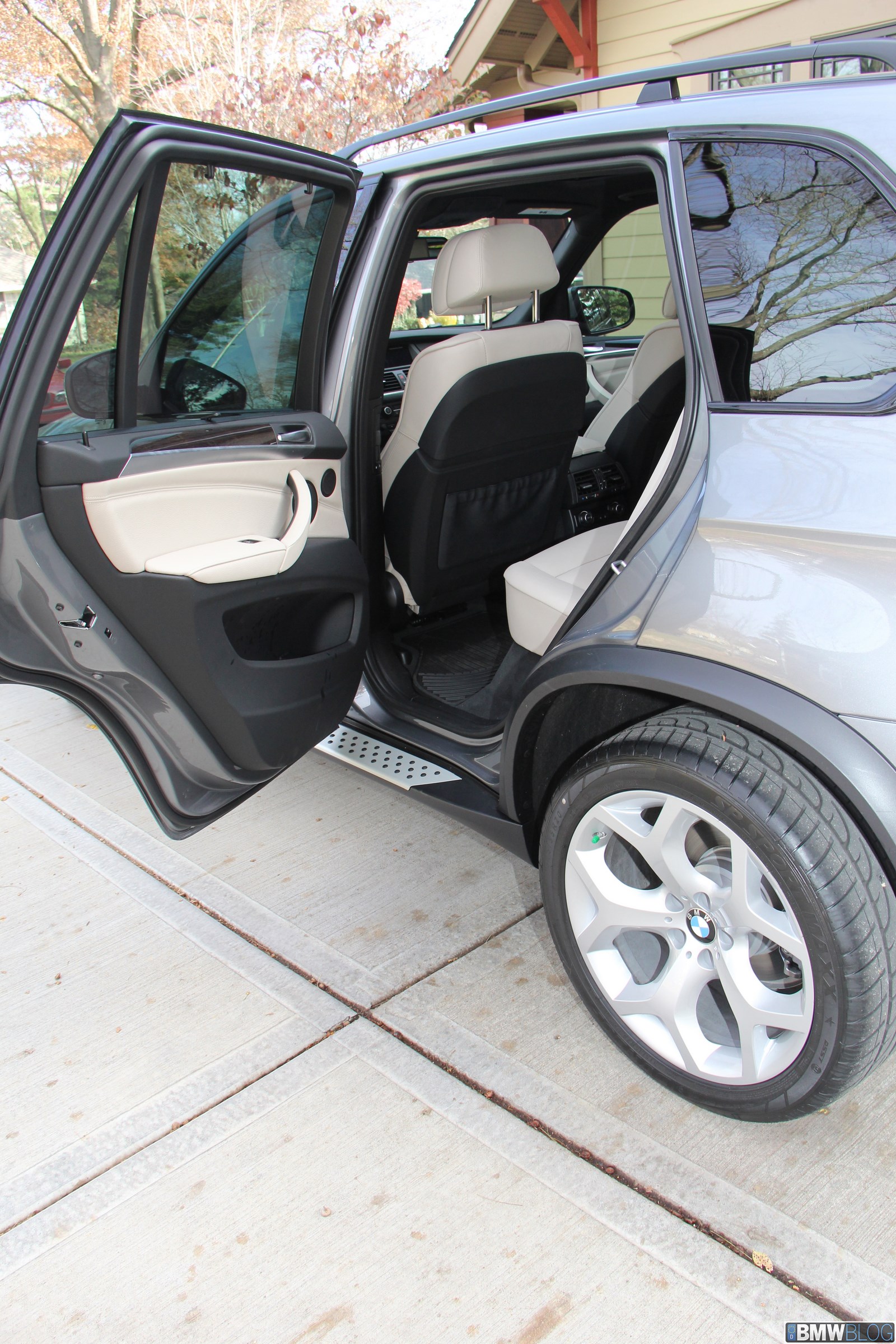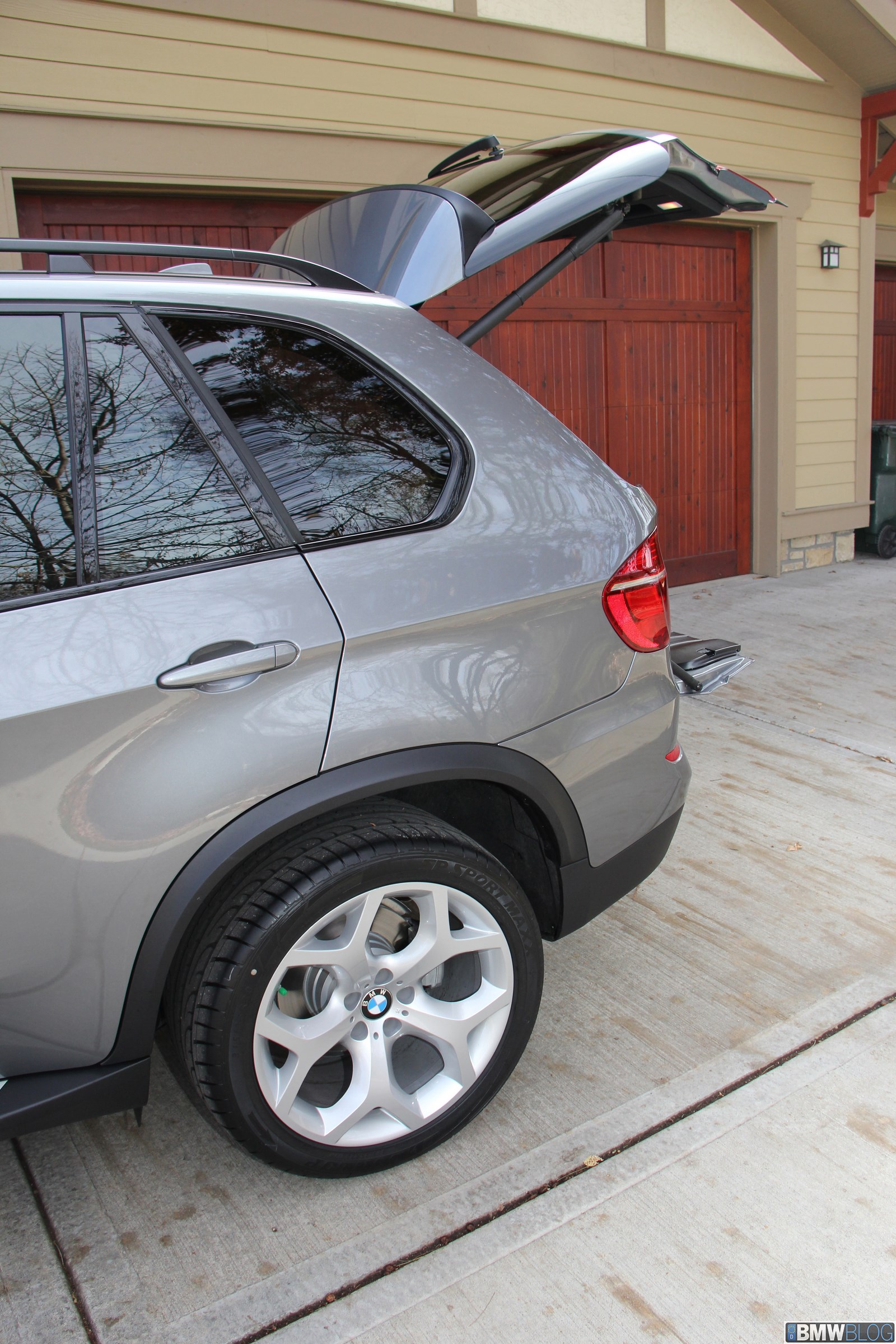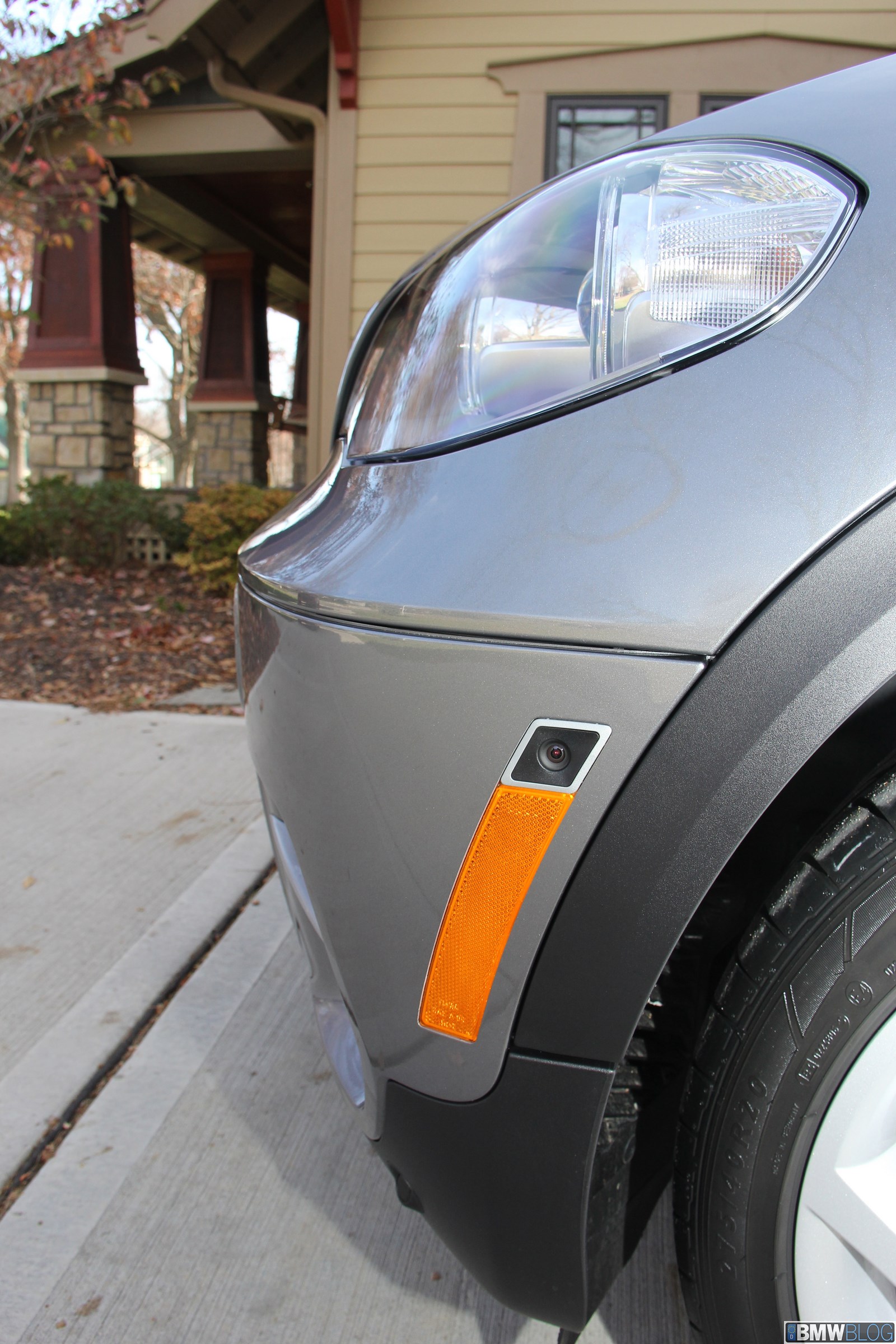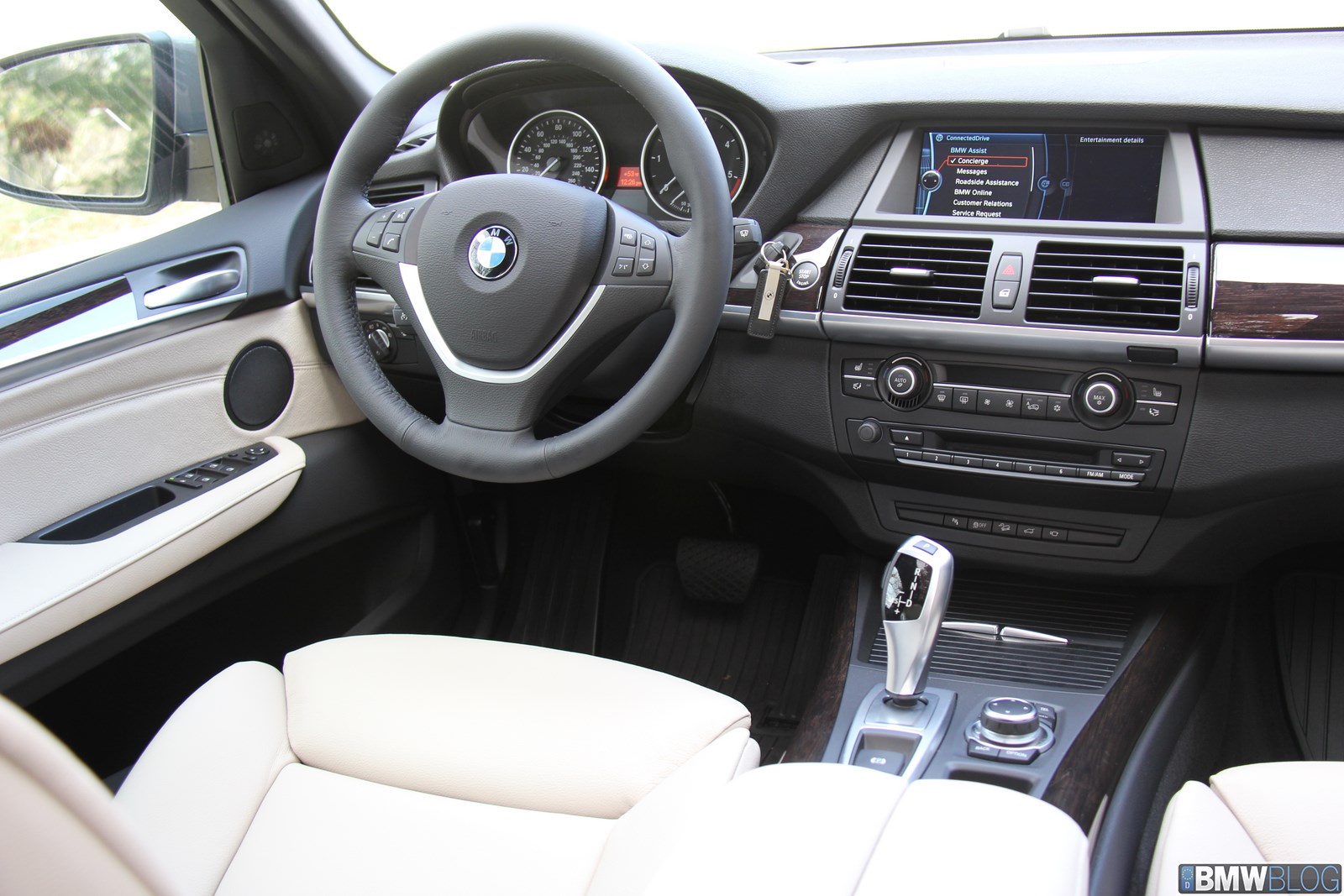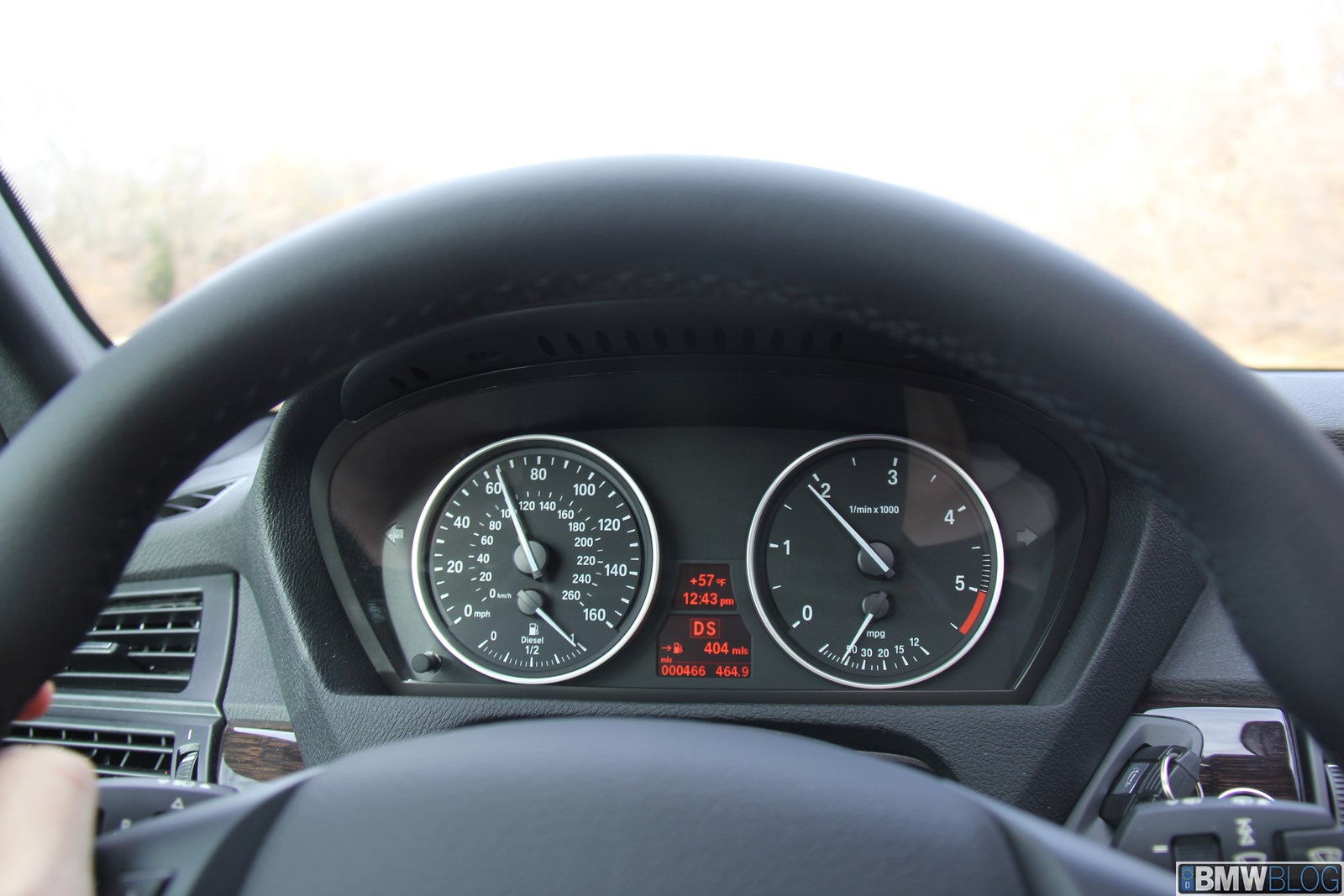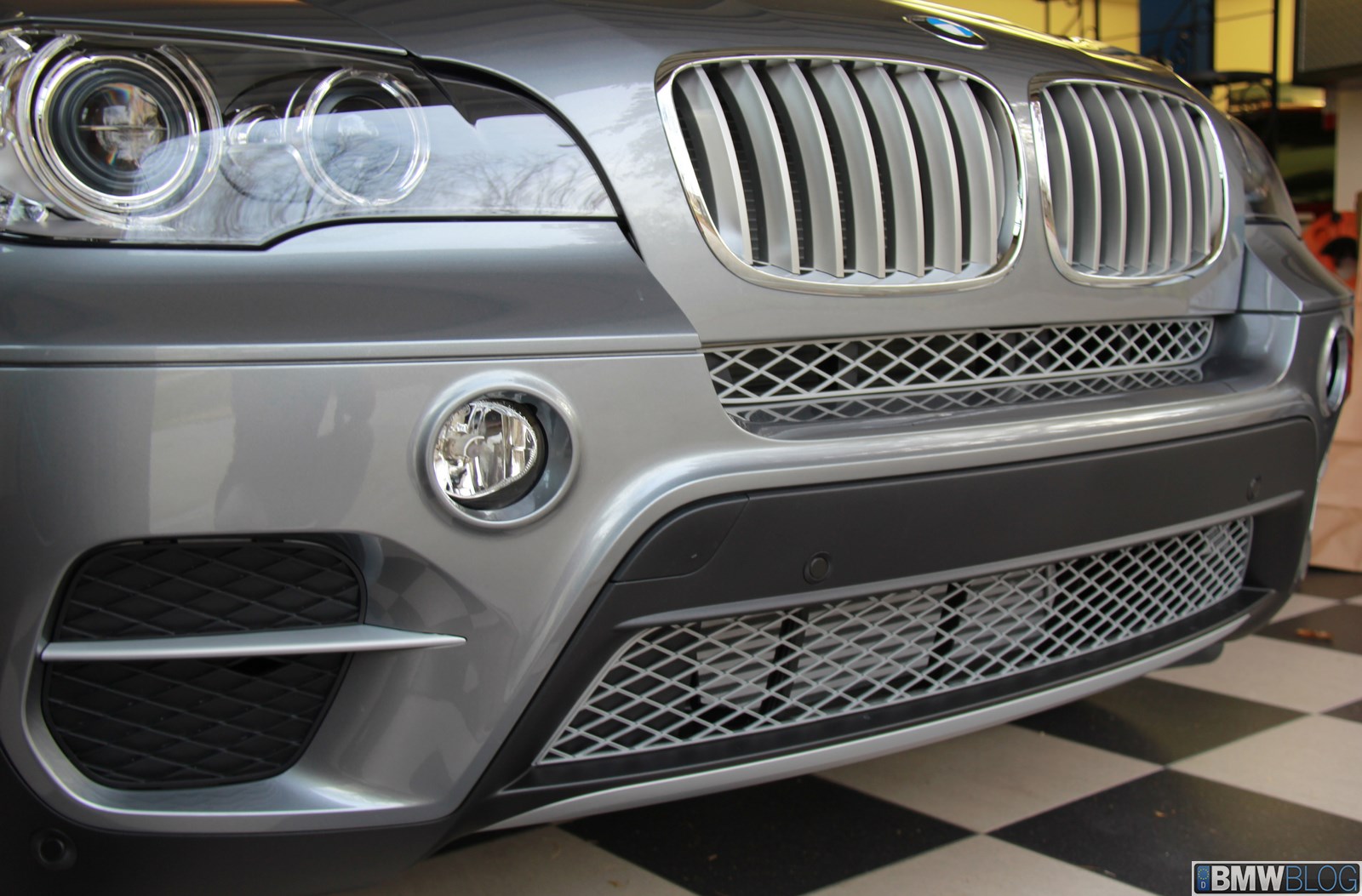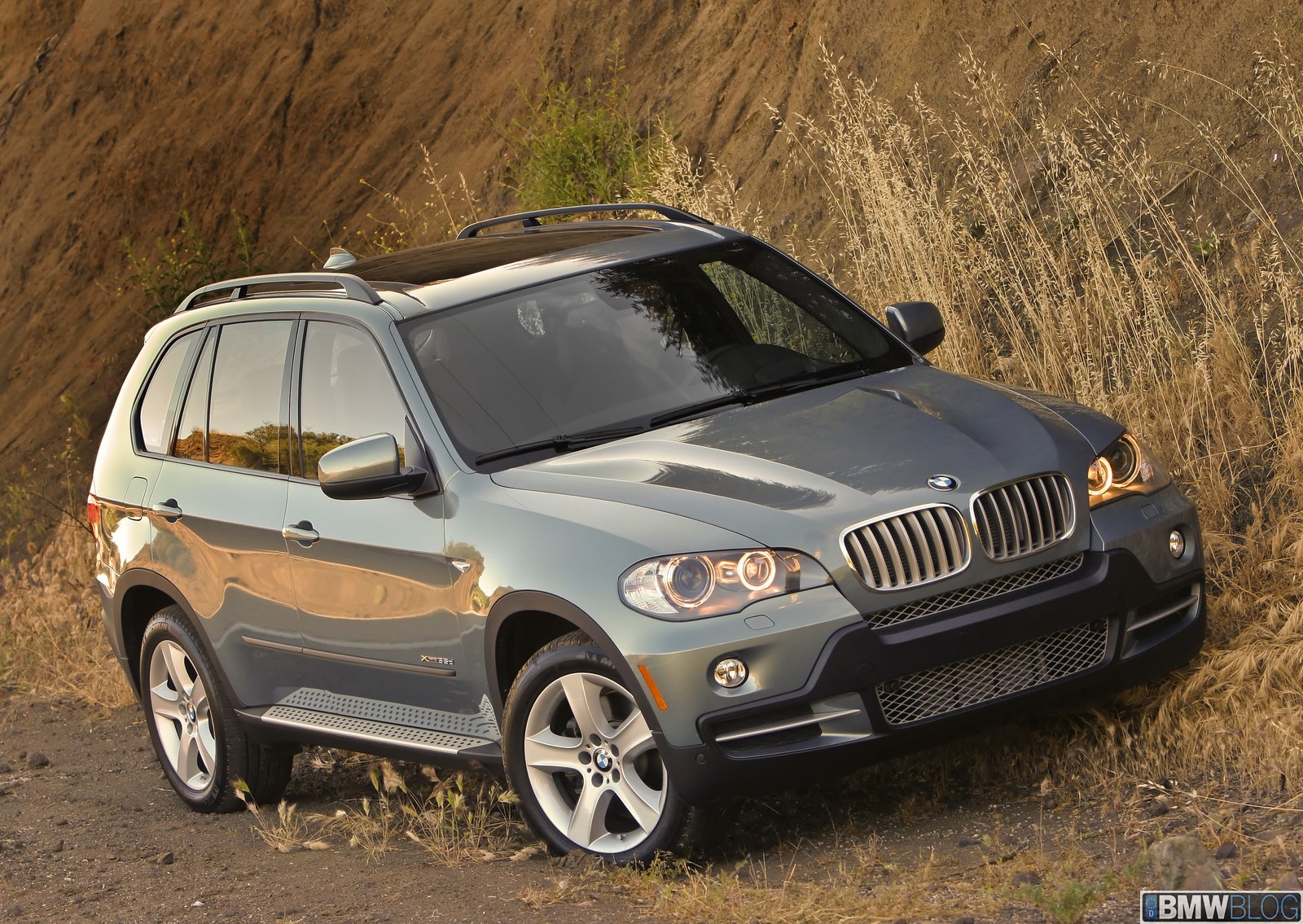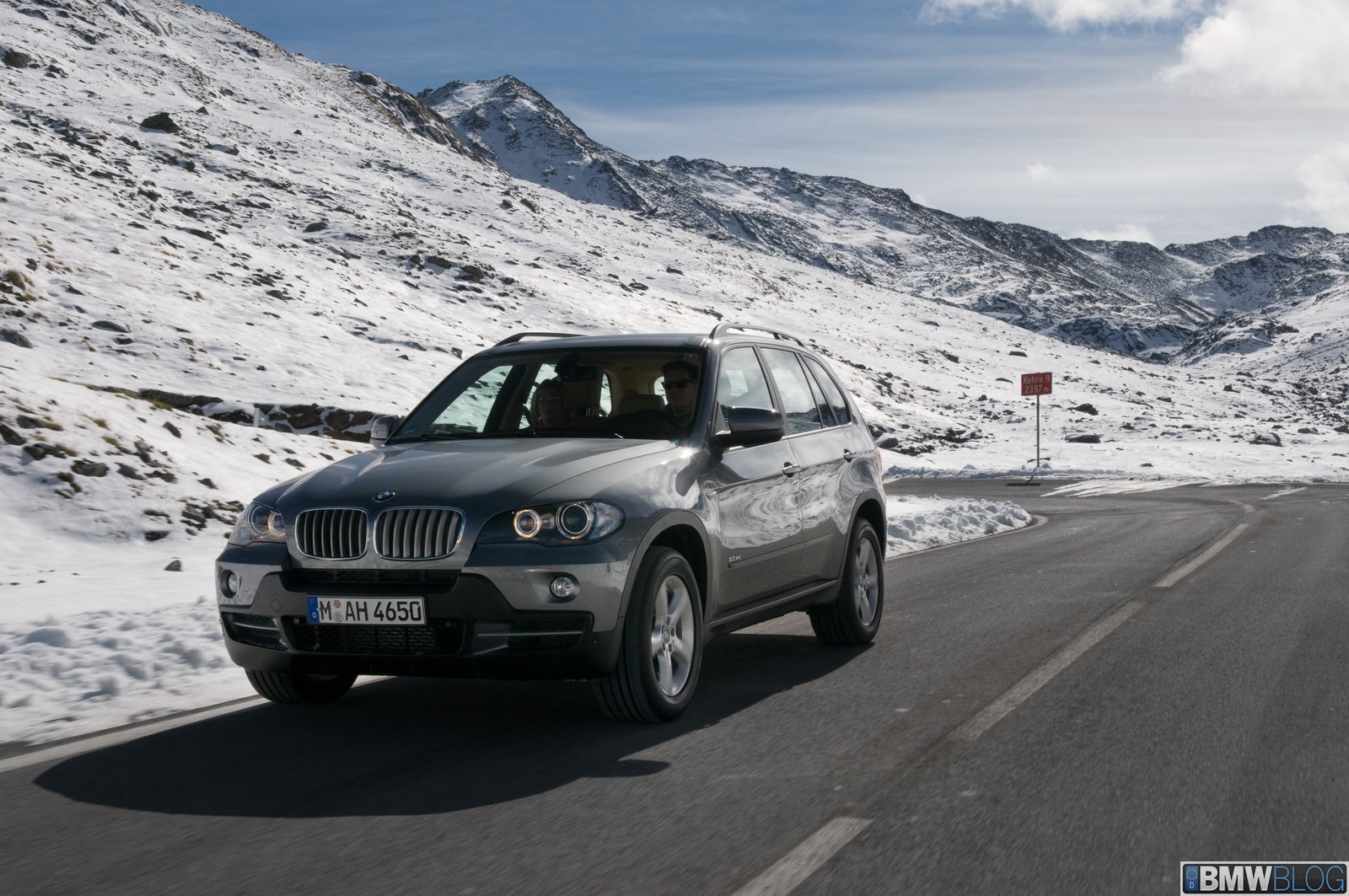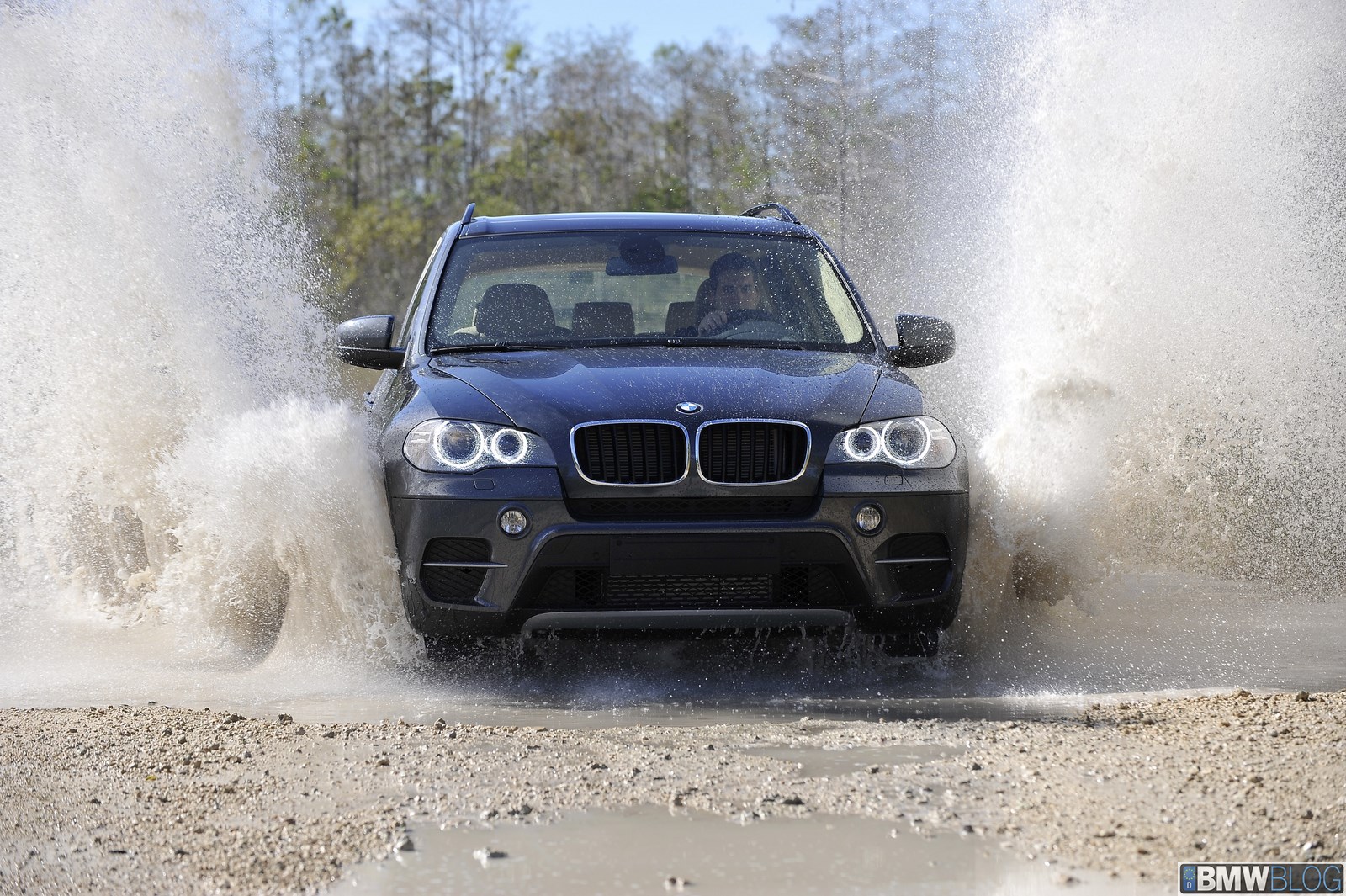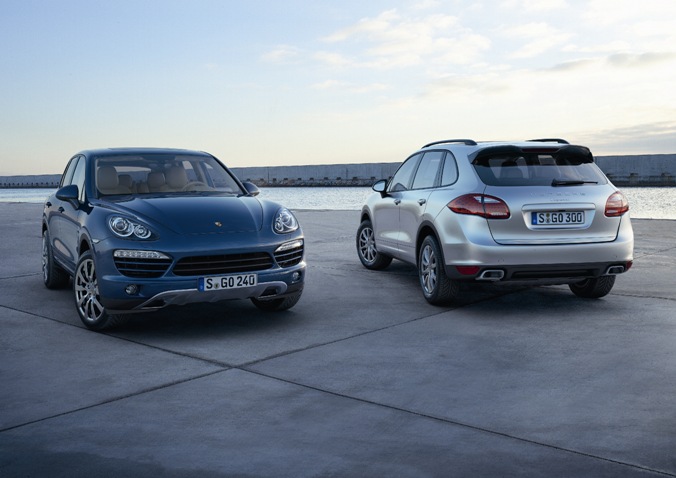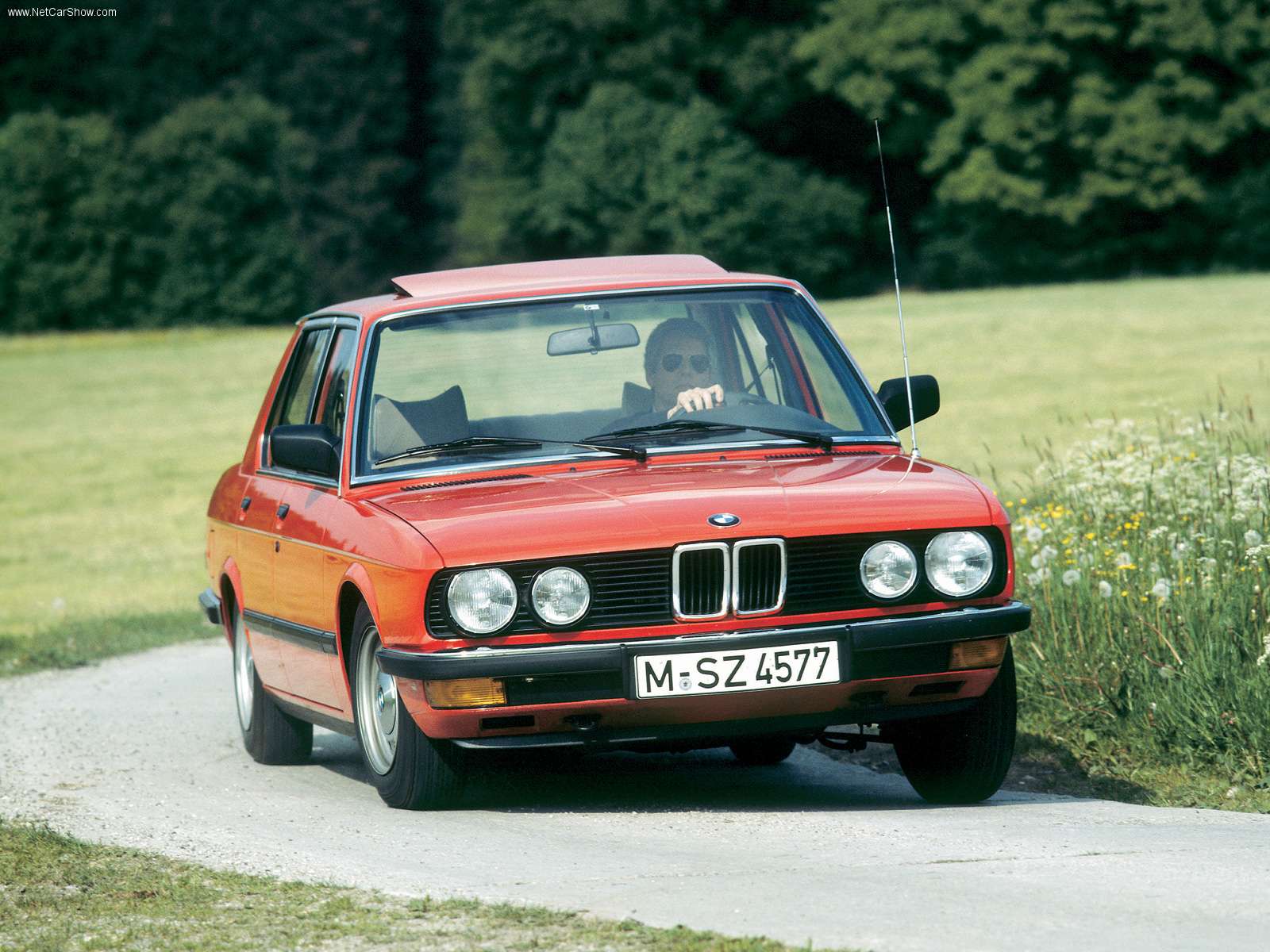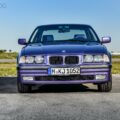Who would have ever seen this coming? BMW and Porsche duking it out dueling Diesel Sport-Utes! Yes Porsche made diesel tractors in the ’50s and BMW has sold diesels for years in Europe, but this fight is happening on our shores. The BMW X5 35d has been selling successfully in the US since its debut in 2009. Now Porsche is bringing its 2013 Cayenne Diesel that has been available in Europe since 2009. Finally, the United States is getting access to some great diesel products that the rest of the world has been enjoying for years.
So how do these two stack up? Base prices are less than $1000 off from each other, they have nearly identical dimensions and six- cylinder diesels, so this is gonna be close.
History
In 1983, BMW introduced the US to realm of European diesels with the 524td. With low fuel prices, its anemic 115 hp and 155 lb-ft of toque, ran a rather sickly 0-60 time of 12 seconds. One can see why it wasn’t a big seller. The 524td mercifully lasted only one year in the US market. However, market conditions were significantly different in 2009 for the North American introduction of the BMW X5 xDrive35d. Overall fuel prices were up, fuel economy had taken on more importance, and BMW had advanced the diesel motor in refinement, performance and reliability. BMW has had years of experience making diesels for their passenger cars in Europe where two out every three new BMWs sold are diesels.
For Porsche, the path to diesel in the US market is rather different, like, crazy different. Porsche’s diesel history takes one back to tractors, yes tractors. Porsche was rather successful at this as they made over 125,000 tractors between 1956 and 1963. Of these, around 1,000 made their way to the United States. See the Porsche – Diesel Registry if you want more info.
So what gives now and why did Porsche start selling diesel models again? I’ll throw my 2 cents out there and say it was their corporate access to VW/Audi parts bin and platform sharing. The V6 diesel in the Cayenne is the same as what one finds in a VW Touareg right down to the same hp/torque ratings at 240 hp /406 torque, even towing capacities of 7,716 lbs. VW does list the engine block as cast iron and Porsche is listed as compacted graphite iron which is responsible for some weight savings. The Audi Q7 TDI diesel, you guessed it, same 240hp, 406 lb-ft of torque. The transmissions are also very similar with all ratios matching on the 8-speed auto and even reverse is the same ratio. The only difference I spot on the respective spec sheets of ratios between VW and Porsche is it that 7th gear is different by 1/100th. The Cayenne has been a strong seller for Porsche and many credit for saving the company and the addition of a diesel is only going to widen its appeal.
The diesel advantage
Most Americans’ old image of diesel is courtesy of over-the-road trucking, loud and belching thick black smoke (see BMW diesel commercials at Super Bowl 2011). Passenger vehicles with diesel motors used to be terrible. Anyone remember the diesel VW Rabbitt? Combine those images, add that diesel fuel can be hard to find, and you can see why diesel cars had some issues to overcome.
So why now? Diesel fuel has an energy content that is 15-20% higher than gasoline, Ultra Low Sulfur Diesel is now widely available, and as CAFE rules take effect, these efficiencies make more sense. In general a diesel motor has a 30% increase in efficiency compared to a gasoline motor of the same size.
Powertrain
The BMW X5 35d’s diesel motor, internal code name M57TU, is an inline-6 cylinder 3.0-liter with an aluminum alloy block. It has 4 valves per cylinder, dual overhead cams and sequential twin turbochargers. Third-generation Piezo common rail direct injection pumps fuel in at 26,000 psi. The X5 35d motor produces peak 265 horsepower at 4200 rpm. An impressive 425 lb-ft of torque is available from 1,750 rpm through 2,250 rpm. The M57TU has a compression ratio of 16.5:1 and produces 88.3 hp per liter. The BMW M57 diesel hustles the X5 35d 0-60 in 6.9 seconds and yields 26 mpg on the highway and 19 mpg for the city. Add in a fuel capacity of 22.5 gallons and you get a theoretical, bladder busting highway range of 585 miles.
The BMW X5 35d has a six-speed automatic transmission where eight-speed has become the standard. Throttle tip in is well matched and one doesn’t sense turbo lag. BMW’s motor has two different size turbos that kick in at different phases of the rev range. What it means to the driver is nearly non-existent turbo lag. Step on the throttle on the highway and the torque curve always seems to be in the right spot and you get a nice shove in the back. In 2011, BMW had its mid-cycle refresh for the BMW X5 and updated many things in the X5 models, however, the diesel X5 35d’s engine and transmission remained unchanged.
The Porsche is mated to a turbocharged V6 diesel motor which has a compacted graphite iron engine block with aluminum alloy cylinder heads. Double overhead cams with four valves per cylinder are also present. Common rail injection system shoots diesel in at up to 29,000 psi and all of which is controlled with a Bosch EDC27 engine management system with a compression of 16.8:1. All of this is good for 240 hp at 3500-4000 rpm and 406 lb-ft of torque at 1750-2500 rpm. Power output is 80.9 per liter. This iron oil burner is 300 lbs heavier than its V6 Porsche gasoline counterpart.
Porsche’s diesel motor thrust is transmitted to the wheels through an 8-speed automatic “Tiptronic S” transmission. The Porsche is saddled with their ass backwards thumb shifters on the steering wheel. Fortunately the gear leaver in the center console is intuitive. I love Porsche paddle shifters, just not these ’80s style block – thumb shifters, but I confess that this is subjective and that others may not loathe them like I do. This 8-speed transmission routes power to a permanent all-wheel drive. All this is good for 0-60 in 7.2 sec. Highway mileage is an astounding 29 mpg, combined with its fuel tank of 26.4 gallons, the Porsche has a mind blowing range of 765 miles! City MPG is also rated at 19 mpg.
Both Germans utilize an exhaust type of catalyst that uses urea. This necessitates an extra tank to house said urea so it can be squirted into the device that converts nitrous oxide and nitric oxide into nitrogen and water vapor. BMW does this with two tanks, a 1.6 gallon “active” tank and a 4.5 gallon reservoir tank. The fill tank for the BMW is under the hood. Porsche uses a single 5.5 gallon tank that has its housing inside of the spare tire wheel well underneath the rear cargo deck. I should have taken a pic of it because it was pretty slick and left room for the spare.

Driving Impressions
BMW X5’s cockpit has held up well since the second generation introduction in 2007. Seating position is high as you would expect in a SUV or SAV, and it affords great visibility. The 2012 X5 35d I drove had the optional Sports Package with 20” wheels, Oyster leather with contrasting black carpet and dark wood accents. Also spec’d out was the Technology Package with Comfort Access, Head-up Display, iDrive nav and Bluetooth streaming. Initial throttle tip in is lag free and combing the sport package with the 425 ft- lbs of torque gives a perfect balance of power and handling. There’s no mistaking that this is a 5,000 lbs vehicle but it reacts well to inputs, the steering is direct and feedback is great. Stepping off the line, it accelerates quickly or more aptly, it pulls really hard! Think you like the torque from a BMW inline-six? Try this!
Standard wheels are 18” star spoke style 209 with 255/55 run-flat all-seasons. 4-wheel anti-lock brakes are ventilated and have electronic front rear proportioning. The brakes also have Dynamic Brake Control, Brake Drying, Brake Fade Compensation and Brake Stand-by. The X5‘s suspension has a trick double wishbone front and a multi-link rear. The standard cocktail of BMW driver’s aids are also present: Dynamic Stability Control (DSC), Hill descent control (HDC), start off assistant, Dynamic Traction Control (DTC), Start-offAssistant.
A crazy list of electronic aids but works well. How do I know? Well on the press launch of the 2011 X5 I found out what it’s like to ride with another journalist who is nuts and has no sense of self-preservation. I had driven the morning and we had just finished lunch with product engineers. Now, it was now the other driver’s turn. We started out driving along a gravel road on the top of an Everglades containment embankment when the driver goes full throttle while sawing the steering wheel back and forth like a maniac! I had just finished taking pics of alligators mere meters away and was sure we were going to roll down the hill and into the Everglades. BUT, and I am so thankful for this, the X5 saved us. The car control sense you learn from track driving, told me we were going to go out of control and would roll down the embankment into the alligators, but the BMW’s alphabet soup of traction aids kept us from losing it. Thankfully my driving partner for the day got it out of his system and the rest of his half of day of driving was more benign and I gained new respect for BMW stability control.
Buckling in a Porsche Cayenne Diesel feels just as it does in any other Cayenne. Awesome! The Cayenne was completely redesigned for the 2011 model year and earned 2011 Motor Trend Sport Utility of the Year. It has very supportive seats, good vision out as well as a great instrument layout. Unlike the other Cayenne’s there’s no auto-start/stop to disable. I really couldn’t hear diesel clatter or even exhaust for that matter. Acceleration was decent, albeit slower than the X5 diesel and it took more prodding to get it to go. It wasn’t bad, just not what I’d describe as acceleration as you’d expect in a Porsche.
The Porsche cockpit is a wonderful place to be. The lighting, the tech, the feedback from the well weighted steering. Once at speed, the Cayenne Diesel felt like any other Cayenne…. and that’s a good thing. I couldn’t really hear diesel clatter at all. Well okay, maybe a little when I hit a tunnel and rolled all the windows down and nailed the throttle. Really the biggest give away was the insane amount of torque down low followed by quick upshifts. If you’ve ever run a GT3 up over 8000rpm, shifting in the 3-4k range makes you feel like you got cheated. I didn’t really notice the increased weight, a 300 lbs penalty over the base Cayenne’s V6. Porsche seems to know how to calibrate a suspension to provide great road feel.
Porsche’s cockpit is very Panamera’esque, complete with a sloping center console that envelopes the driver. Very cool. Cabin tech that Porsche has now is light years from where they were just one generation ago. One of the pods in the instrument cluster is even configurable to different displays such as NAV. Porsche TPMS displays the Cayenne’s actual PSI in its tires. Plus Porsche seems to have done a better job of isolating the cabin from any noise from the diesel motor. Other than a low redline on the RPM dial, you can’t tell it’s a diesel. Porsche’s sport-ute handles well but is no 911. It’s definitely a drivers oriented sport-ute and just as with the X5 35d Sport Package, it’s killing an oxymoron in the process.
The Cayenne Diesel includes Porsche Traction Management (PTM), which features permanent all-wheel drive. Porsche Stability Management (PSM) is also standard however, Porsche won’t let you option Porsche Torque Vectoring. 18×8’ wheels are standard, but my test vehicle came with 19” Turbo Wheels. 6 Piston calipers are up front with 4 piston calipers in the rear with vented rotors f/r standard. If you desire yellow brake calipers, you can opt for the $8,150 Ceramic Brakes (PCCB). A spare wheel is standard unlike the BMW. The Premium Pack rang in at an astonishing $7,700. Lest you think that includes leather, you’d be wrong. It was another $3,600. If you can handle “partial” leather, you could save that whooping $3,600. As with all Porsches, you can go crazy with the option list though, and during the press launch in Alaska there was a Cayenne diesel that broke the $100,000 barrier!!!
Porsche is shooting for a penetration rate of about 10% of sales for the U.S. in a line-up that includes seven different Cayenne models. In Europe their sales figures are closer to 50% for the diesel, so I think the 10% is conservative. BMW diesel sales figures for the United States have been very strong, hovering somewhere between 1 in 3 to 1 in 4 since the introduction in 2009.
Conclusion
The Porsche Cayenne diesel felt to me like it had more potential and was purposefully held back. When you realize that the Cayenne diesel has the exact same motor and transmission as the 200 lbs heavier 2013 Touareg TDI but that the VW does 0-60 in 0.3 seconds faster, it makes one really wonder if Porsche is indeed holding this Cayenne Diesel back. The throttle took more prodding to get the Porsche moving than the BMW and was less fun to drive than the more powerful BMW X5 35d. When you weigh outright costs to outfit the vehicles the same, the X5 represents a better value, but when has Porsche and value ever existed in the same sentence?
I suspect that in every other model comparison of the X5 vs Cayenne, I’d give the nod to the Porsche but to me, this X5 diesel motor is just that good. I really don’t think you could go wrong with either diesel, but if it were my money, I’d buy the BMW X5 35d. It’s just more fun to drive.






